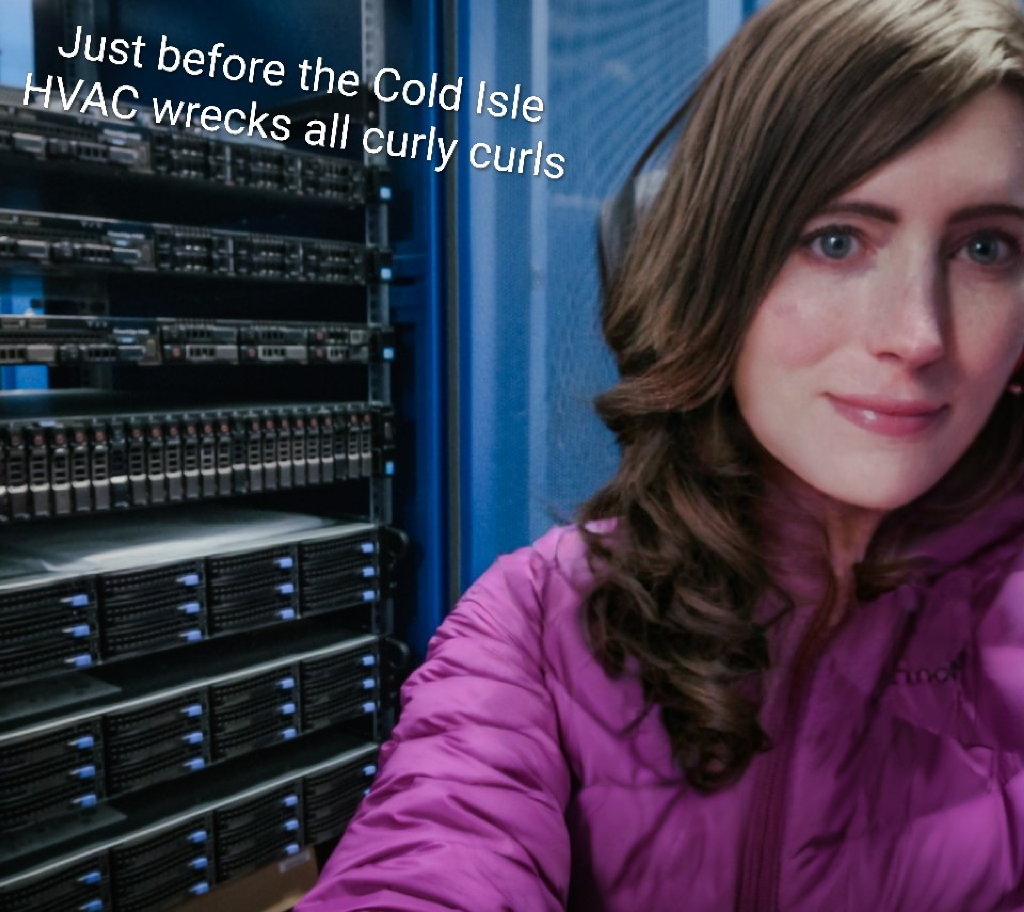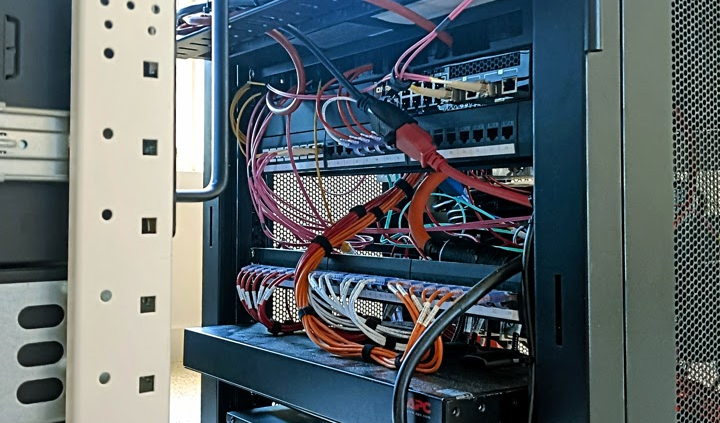
A Recent Datacenter Colo Visit
vacillating cold isle, hot isle, back and forth - kinda like perimenopause!
reflections on OSS, HPC, and Ai/ML engineering, with occasional considerations on Cognitive Neuroscience

vacillating cold isle, hot isle, back and forth - kinda like perimenopause!

querying computational intelligence for grammatical informatics

measure twice, and don't you even dare consider cutting any of them afterwards

Good times with RJ45 patch panels, Cisco rollover cables, and custom cable pin-maps.

A Primer on Dopaminergic Pathways, Memory, CNNs, and LLMs

A visual timeline for SARS-CoV-2, variant Nimbus (NB.1.8.1)

an overwhelming sense of looming project management overload

Conquering Cognition - The Great Dopaminergic Pathway Reprogramming Project